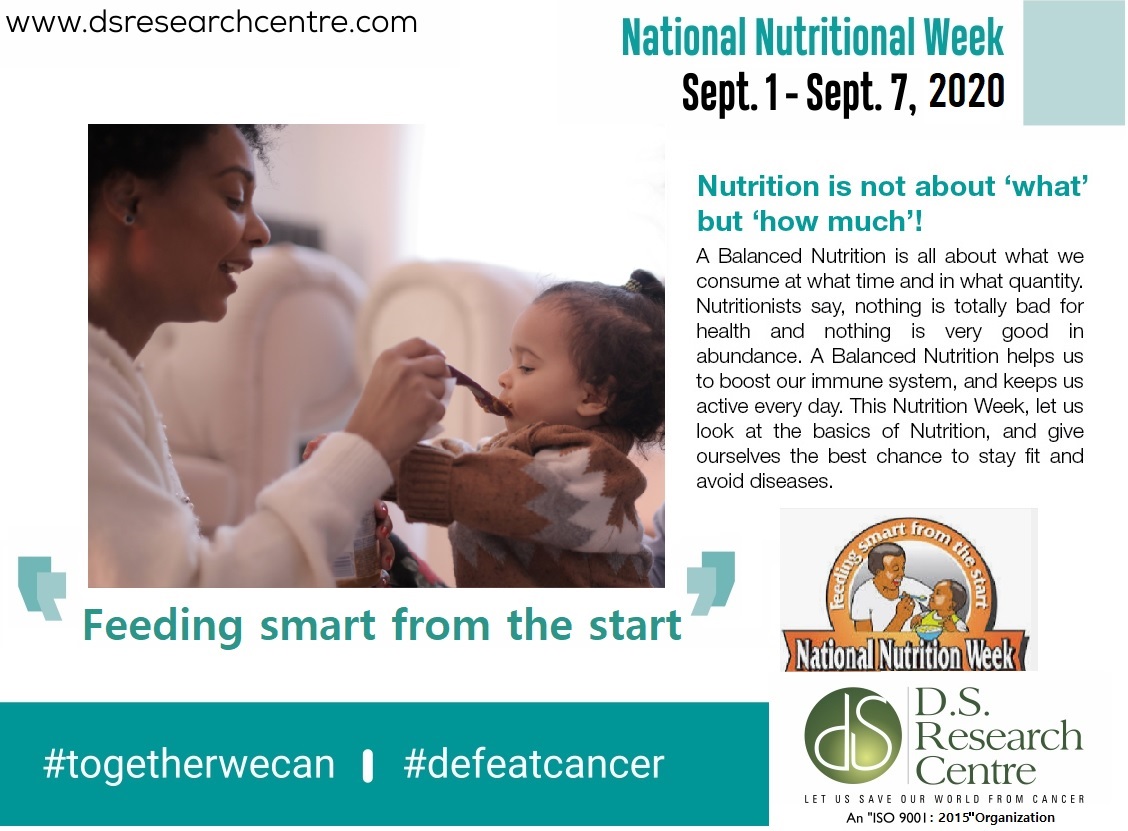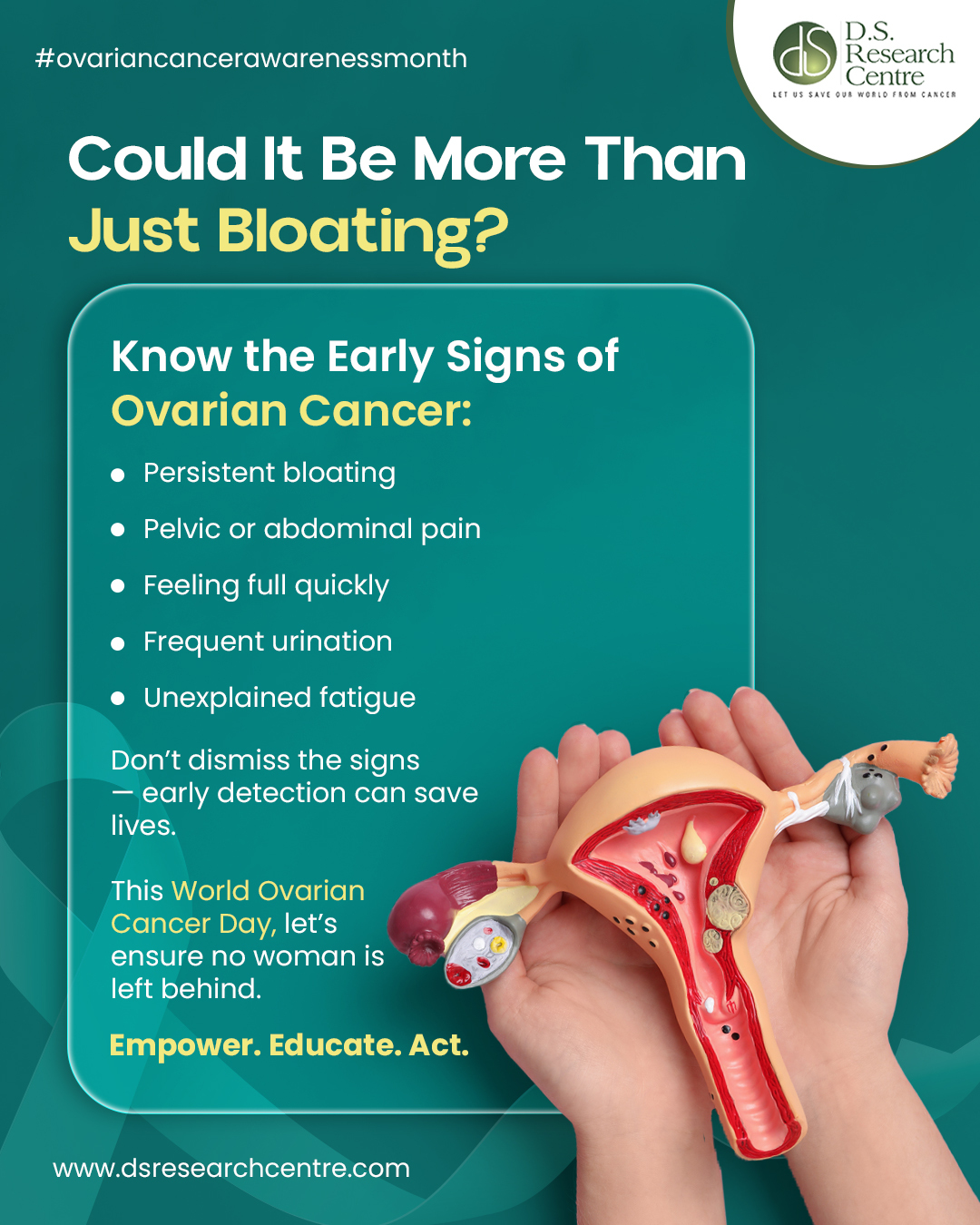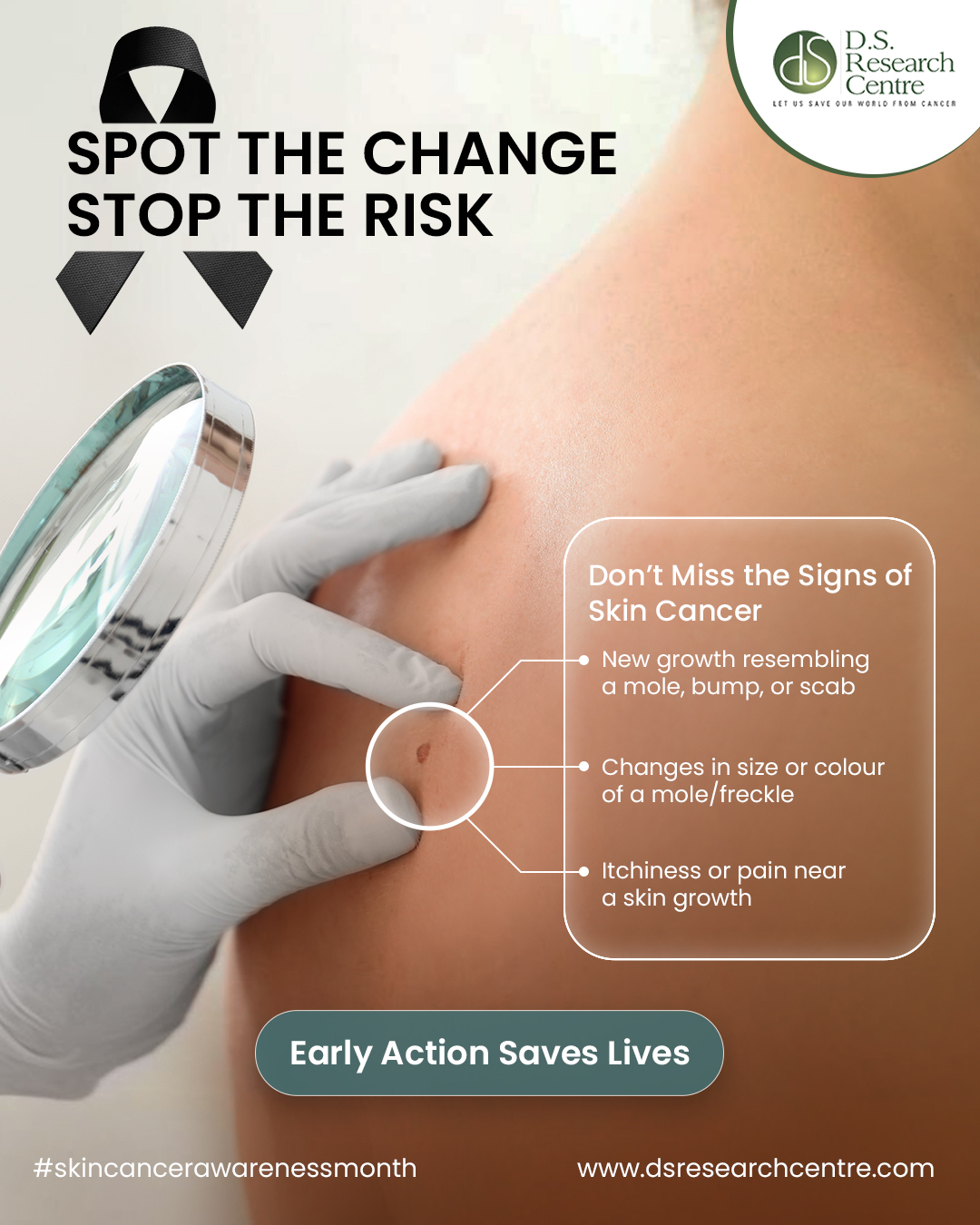3D’s IN CANCER MANAGEMENT
It is a well-known fact that the rate of metabolism accelerates during Cancer. Diet of a cancer patient should be optimized to meet the metabolic demands of the disease. When the diet is not sufficient enough to meet the requirement, the body goes into a state of catabolism, where oxidation of energy substrates and loss of nitrogen occurs. Such a condition in cancer is referred to as cancer cachexia which is a common cause of death in advanced malignancy. Cancer cachexia is characterised by progressive weight loss, anorexia, weakness, tissue wasting and organ dysfunction. Studies have shown that once the lean body mass is sufficiently depleted, regardless of cause death will follow. WHO reports every one out of six deaths is due to cancer. So to combat this our body should be well equipped with nutrition to maintain immune defences, support organ function, absorb nutrients and mend damaged tissues.
The question that now arises is, How?? How to equip the body with sufficient energy and nutrient?
Nutritional needs of people with cancer vary among individuals. Here you can obtain an idea of how to eat well during your journey to defeat cancer.
First of all, you need to recognise which of the following phase you fall in:
Phase 1 - You have not undergone any treatment for cancer
Phase 2 - You are undergoing treatment (like saying: chemotherapy/ radiotherapy /surgery)
Phase 3 - You have undergone one of the above-mentioned treatments.
Once you know phase you are in, it’s very simple hereafter. Have a glance on following 3Ds in cancer management.
1D – Diet before treatment:
Before treatment begins, cancer itself can cause problems. It is not uncommon to have problems like loss of appetite, nausea, vomiting, poor digestion, weight loss, or a feeling of early fullness, sleepiness, forgetfulness. So in this phase you are free to have foods of your choice. The aim should to adopt healthy foods and replenish the body of deficit nutrients. Until your treatment begins, you will not know what side effects you may have or, how you may feel. The most common problem you would face during this time is anxiety and stress. Know that cancer is not a death sentence. Many people are surviving with cancer. So you need not fear about this rather prepare your body to tolerate the treatment. Reduce your anxiety by talking to your treatment team. Learn more about your treatment and prepare yourself for it. Reduce your stress by following some meditations, adopting a hobby for self. Focus on intuitive eating. Consume foods that calm your anxiety and help balance stress hormones in the body. Fruits like kiwis, oranges and blueberries reduce the effect of stress on your body and mind. Bananas have natural B-blockers that can prevent anxiety and stress. So include at least one banana in your meal. Green leafy vegetables, almonds, and oats are rich in magnesium. Consuming this in good amounts will help you calm. Dark chocolate increases serotonin in the brain that calms the nerves.
Be a mindful eater. Stay hydrated. Cut down on toxic stuff.
A good diet before treatment begins may result in a better prognosis.
2D – Diet during treatment:
Cancer patients usually undergo treatments like chemotherapy, radiotherapy, hormone therapy, immunotherapy or surgery. These treatments are either used alone or in combinations. In addition to the nature of the disease, the metabolic rate also increases during the treatment. Patients who eat well are better able to cope with the side effects of treatments and may also be able to handle larger doses of certain drugs. Whereas a malnourished patient may have negative consequences like increased risk of infections, treatment toxicity, increased health care costs, decreased response to treatment, quality of life and life expectancy. The healing process may also be slow. So it is important to take special care in the choosing, handling and preparing food. The objective of nutritional therapy here should be to alleviate the symptoms resulting from the disease and the treatment. During the treatment, the patients may require higher calories. Protein demands also increase for tissue regeneration, healing and rehabilitation. An adult patient with good nutritional status would require about 80-100g to meet maintenance needs and to ensure anabolism. A malnourished patient will need more to replenish tissues and to ensure a positive nitrogen balance. Optimal vitamins and minerals should be given. Dietary supplements can also be given if intake is not up to mark. Sufficient fluid intake can help kidneys rid the body of breakdown products from destroyed cancer cells and drugs themselves.
3D – Diet after treatment:
Usually, when cancer treatment is completed, many of the eating problems will get better. But some eating problems, such as changes in taste or smell, might last longer than the course of treatment. Such problems can be tackled with the inclusion of garlic, ginger and other aromatic food. In this phase, the patient should be returned to eating a balanced and varied diet. The patient should consume more of whole-grain foods and include fish, lean meat, bean products and low-fat dairy products in the diet. Include generous portions of brightly-coloured fruit and vegetables. Make use of healthier oils like olive, canola, soy, sunflower and peanut oils in moderate amounts.
Follow “my healthy plate” eating pattern and engage in regular physical activity.
Eating healthy, being physically active and maintaining a healthy weight may is associated with lower chances of remission.








Posted on April 15, 2016
Posted on April 15, 2016